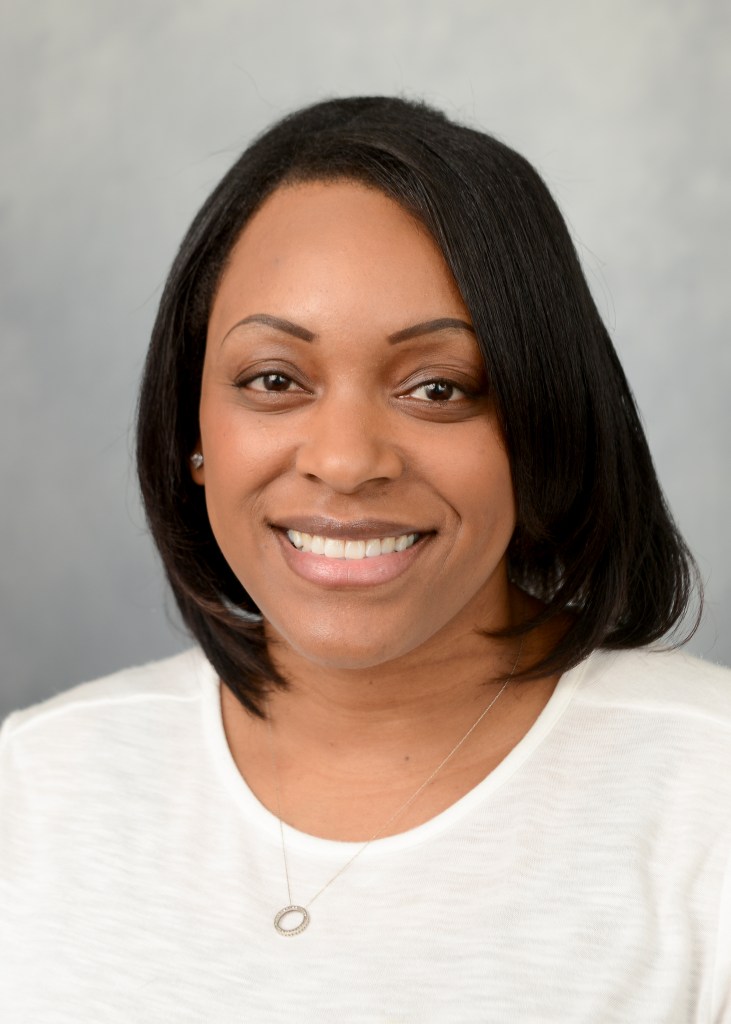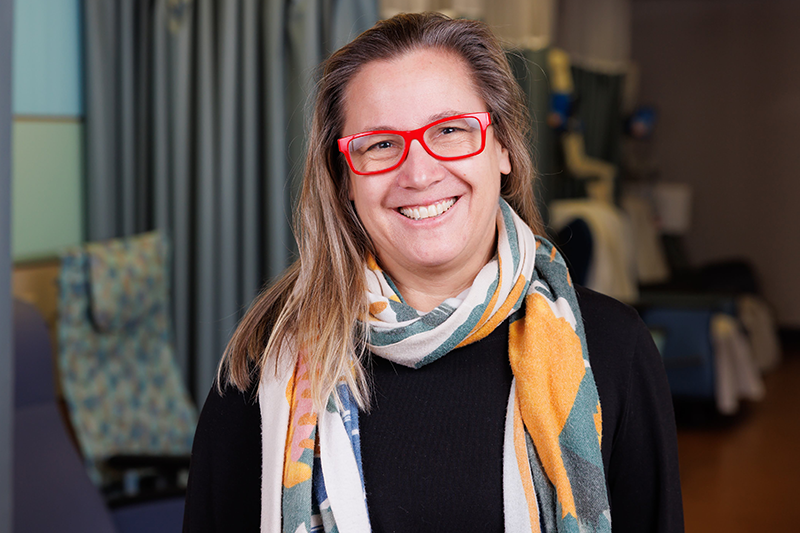
Rintaro Hashizume, M.D., Ph.D., is researching intranasal delivery for DIPG medication.
In 2023, the University of Alabama at Birmingham (UAB) Department of Pediatrics welcomed Rintaro Hashizume, M.D., Ph.D., a scientist specializing in pediatric neuro-oncology. Hashizume, an associate professor of hematology and oncology, brings a commitment to pediatric brain tumor research, focusing specifically on the daunting challenge presented by diffuse intrinsic pontine glioma (DIPG).1
DIPG is an aggressive brain tumor that primarily affects children and has a grim prognosis, with most patients succumbing to the disease within 12 months. What makes DIPG particularly challenging is its location in a vital area of the brain that controls breathing and heartbeat, rendering surgery impractical.
Traditional chemotherapy faces significant hurdles in treating DIPG, primarily due to the blood-brain barrier and the lack of genomic alterations in pediatric brain tumors. However, in 2012, genome-wide sequencing identified a specific mutation in DIPG, providing a crucial target. Hashizume’s lab has been developing therapies that specifically target this mutation, particularly through epigenetic targeting therapy.
One groundbreaking aspect of Hashizume’s research is intranasal delivery for drug administration. This method bypasses the blood-brain barrier, offering a non-invasive and convenient alternative method of drug delivery to the brain tumor. Hashizume’s team is exploring liposome-encapsulated drugs delivered intranasally, aiming to enhance the effectiveness of radiation therapy for the treatment of DIPG.
Intranasal delivery enables the liposome-encapsulated drug to enter the brain through specific neural pathways that bypass the blood-brain barrier. The liposome carrier protects the therapeutic drug as it passes through nasal membranes; when it gets into the brain, the liposome opens to disperse the drug. “Using this method, the drug can be delivered quickly to target areas,” Hashizume said.
While emphasizing the importance of mechanistic research, Hashizume acknowledges the urgency of translating discoveries into clinical applications. He envisions intranasal delivery becoming a feasible option for clinical trials, stressing the need for a swift transition from preclinical studies to clinical trials, especially considering the critical nature of pediatric brain tumors.
“I think we’ll need a combination treatment approach using radiation, since that’s a current standard therapy in DIPG that can help provide transient relief from the disease,” Hashizume said. “Clinical trials are needed to discover how we can enhance the radiation’s effect in combination with the intranasally delivered drug.”
Hashizume’s dedication to pediatric brain tumors spans more than 15 years. Originally a physician-scientist in Japan, he transitioned to the University of California San Francisco (UCSF) with a focus on adult brain tumors. However, a pivotal moment led him to shift his research focus exclusively to pediatric neuro-oncology. The catalyst for this change was his long-standing connection with Girish Dhall, M.D., director of the Division of Pediatric Hematology, Oncology, and Blood and Marrow Transplantation at Children’s of Alabama, who played a crucial role in recruiting him to the hospital.
With the support of organizations like the Pediatric Brain Tumor Consortium, Hashizume aims to accelerate the translation of research into clinical practice. As research progresses, the potential for new, effective treatments for these devastating tumors becomes increasingly tangible.
- This research was supported by a grant from Prayers From Maria Children’s Glioma Cancer Foundation. Any opinions, findings, and conclusions or recommendations expressed in this material are those of the author(s) and do not necessarily reflect the views of the Prayers from Maria Children’s Glioma Cancer Foundation. ↩︎










